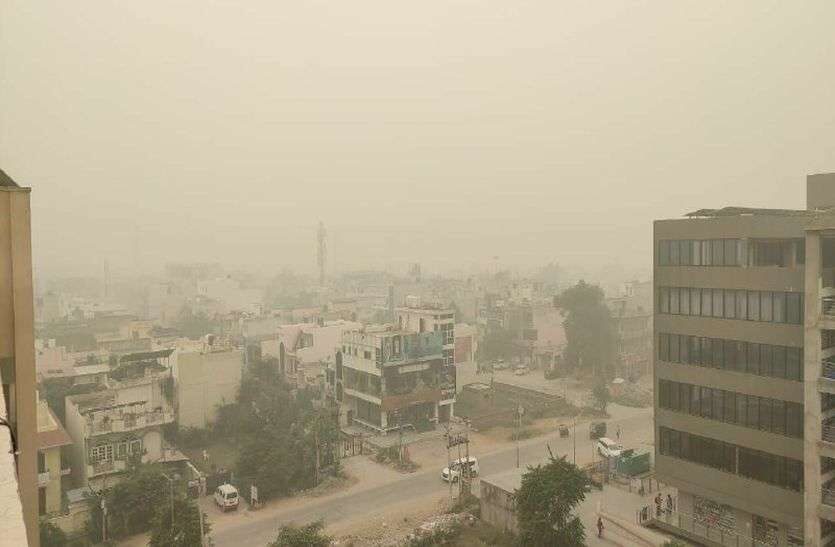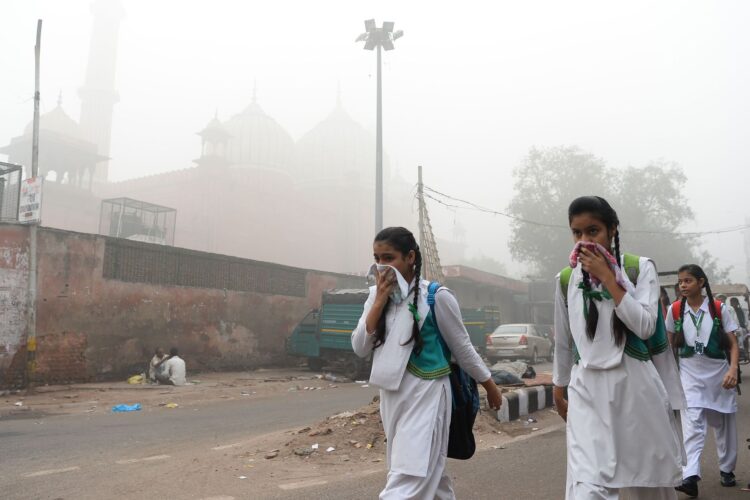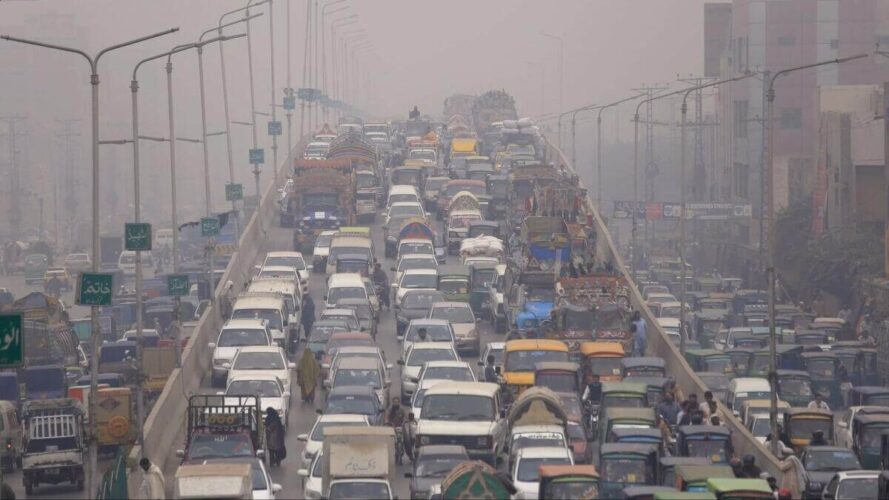Air pollution has become one of the most urgent environmental and public health crises of the 21st century. From industrial emissions to vehicle exhaust, pollutants in the air are responsible for millions of premature deaths each year. Among the world’s many polluted cities, a few stand out for their consistently high levels of air pollution — particularly fine particulate matter (PM2.5), which poses the greatest threat to human health.
Here are the Top 5 Most Polluted Cities in the World, based on recent global air quality data.
1. Lahore, Pakistan
PM2.5 Annual Average (2023): ~97 µg/m³
Main Sources: Vehicle emissions, industrial waste, crop burning, and dust

Lahore, Pakistan’s cultural capital, has recently topped the list of the world’s most polluted cities. Smog blankets the city during the winter months, creating dangerous air quality levels that force school closures and spark public health warnings. Industrial growth, outdated vehicles, and limited environmental regulation contribute to the crisis.
2. Hotan, China
PM2.5 Annual Average (2023): ~94 µg/m³
Main Sources: Sandstorms, coal burning, and desert dust

Located in the Xinjiang region, Hotan’s air pollution problem is largely natural — driven by frequent dust storms from the Taklamakan Desert. However, industrial pollution and residential coal burning add to the already hazardous air. The combination of natural and man-made pollutants makes air quality management extremely challenging.
3. Bhiwadi, India
PM2.5 Annual Average (2023): ~92 µg/m³
Main Sources: Industrial emissions, vehicular pollution, and construction dust

Bhiwadi, an industrial hub in India’s Rajasthan state, frequently appears in global pollution rankings. The city’s rapid development, lack of green zones, and proximity to Delhi’s pollution-heavy atmosphere worsen the problem. With little to no effective regulation, factories and traffic emissions dominate the air.
4. Delhi, India
PM2.5 Annual Average (2023): ~89 µg/m³
Main Sources: Vehicular emissions, stubble burning, industrial activities, and construction

India’s capital often becomes the face of air pollution globally — especially during the post-harvest season when stubble burning in nearby states fills the air with thick smog. With over 30 million residents, Delhi experiences dangerous AQI levels almost year-round, impacting millions of lives daily.
5. Peshawar, Pakistan
PM2.5 Annual Average (2023): ~86 µg/m³
Main Sources: Traffic congestion, industrial waste, and poor urban planning

Peshawar has seen a steady rise in pollution due to unregulated industrial activity, vehicle emissions, and a lack of effective public transportation. The city’s mountainous geography also contributes to the trapping of pollutants, making the air quality particularly hazardous during colder months.
Resources




